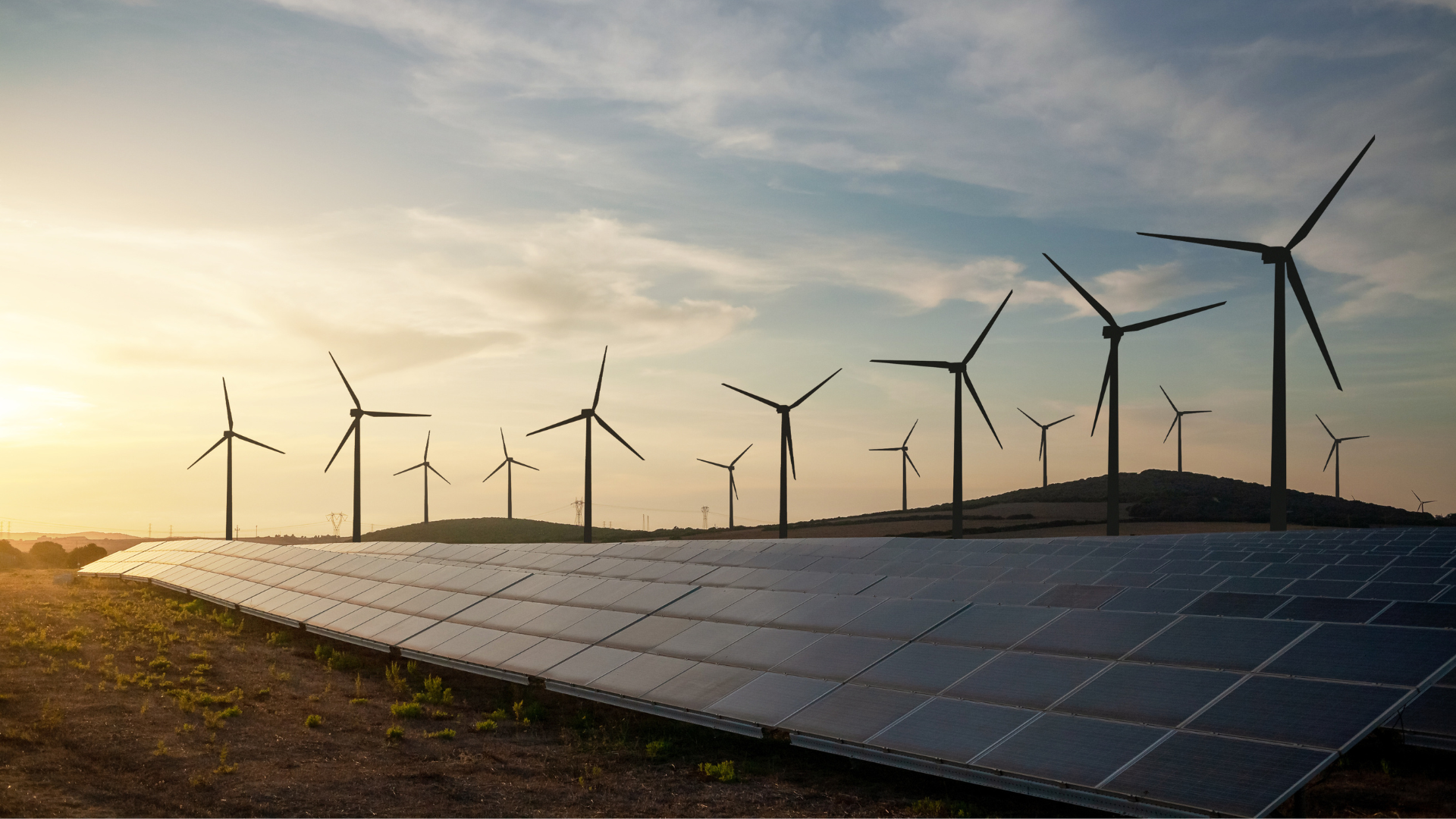Renewable energy projects, whether solar, wind, or storage, begin long before the first shovel breaks ground. The development phase is a critical period where ideas become actionable plans, but it’s also one of the most complex and challenging parts of the project lifecycle. From site selection to permitting, stakeholder coordination to capital planning, developers face a web of interdependent tasks that must align perfectly for a project to succeed.
This guide dives into the core challenges of renewable energy development and explores best practices that industry leaders use to bring clarity, efficiency, and predictability to their projects.
The Critical Role of Development in Renewable Energy Projects
Development is where feasibility is tested, risks are identified, and foundational decisions are made. This phase directly influences project timelines, budgets, and long-term operational success. Missteps in development can ripple into costly delays, budget overruns, and sometimes project cancellations.
Given the scale and complexity of renewable projects, managing development well is essential for competitive advantage.
Key Challenges in Renewable Energy Development
1. Complex Site Selection and Feasibility
Identifying and securing the right site is often the most significant early hurdle. Developers must evaluate numerous variables:
- Proximity to grid infrastructure: Closer sites reduce interconnection costs and delays.
- Land availability and cost: Balancing affordability with site quality.
- Environmental impact: Complying with regulations and community concerns.
- Local zoning and permitting restrictions: Navigating jurisdictional differences.
Poor site selection or late-stage changes can cause expensive redesigns or even project cancellation.
2. Navigating the Permitting Landscape
Permitting is a multi-layered, often unpredictable process involving local, state, and federal agencies. Key challenges include:
- Multiple agency reviews and overlapping requirements.
- Long approval timelines with little visibility.
- Changing regulations and community opposition.
Developers must manage and track permitting progress meticulously to avoid surprises that delay timelines.
3. Managing Stakeholder Alignment
Renewable energy development touches a broad spectrum of stakeholders: landowners, utilities, regulators, investors, and local communities. Conflicting priorities can create bottlenecks if communication isn’t transparent and proactive. Effective stakeholder management involves:
- Maintaining consistent and clear communication channels.
- Coordinating approvals and expectations.
- Addressing community concerns early.
4. Capital Planning Amid Uncertainty
Financial planning in development is complicated by market volatility, supply chain unpredictability, and evolving regulatory frameworks. Developers must:
- Build flexible budgets that accommodate changes.
- Link capital deployment to project milestones.
- Manage investor expectations with timely and accurate reporting.
5. Data Fragmentation and Lack of Visibility
Data related to site assessments, permits, environmental studies, and financials is often siloed across spreadsheets, emails, and disconnected tools. This fragmentation:
- Impedes decision-making.
- Causes duplicated effort.
- Increases risk of missed deadlines.
Centralizing data and workflows is critical for real-time visibility and control.
Best Practices for Effective Renewable Energy Development
Centralize Data and Workflows
Use a unified platform to consolidate all project data — site information, permitting status, financials, and stakeholder communications. This creates a single source of truth that teams can trust.
Implement Standardized Processes
Standard workflows for site evaluation, permitting, and stakeholder engagement help reduce variability and accelerate approvals. Consistency is key to scaling development efforts across multiple projects.
Monitor Dependencies Closely
Development tasks are highly interdependent. Changes in site conditions, permitting timelines, or stakeholder feedback must trigger real-time updates across all impacted workstreams.
Foster Proactive Stakeholder Communication
Maintaining open, transparent, and frequent communication with stakeholders mitigates risk of delays due to misunderstandings or opposition.
Link Capital Planning to Project Milestones
Align funding releases and investment decisions with validated development progress to avoid cash flow issues or overcommitment.
How Technology Supports Smarter Development
Modern project management platforms designed for renewable energy development can:
- Track all permits, agreements, and approvals in a centralized system.
- Provide automated alerts when critical tasks fall behind.
- Visualize project timelines and dependencies dynamically.
- Enable mobile and remote access for field teams.
These capabilities reduce risk, improve team alignment, and accelerate time to groundbreaking.
FAQs: Renewable Energy Development
Risks include permitting delays, community opposition, site feasibility issues, and capital planning uncertainty.
Early engagement with regulators, standardized application processes, and real-time tracking of permit status improve outcomes.
It prevents information silos, ensures all stakeholders have the latest information, and reduces errors caused by manual data transfers.
Development timelines vary widely, but utility-scale projects often spend 2 to 5 years in this phase depending on complexity and location.
Yes, platforms that centralize data, automate notifications, and visualize dependencies help teams identify risks early and keep projects on track.
